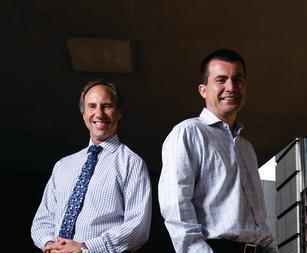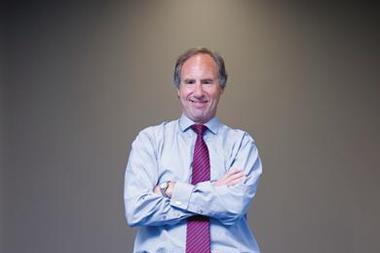Many insurers make the mistake of thinking that improving operating models is the same thing as improving customer service
When Amazon says: “We seek to be the Earth’s most customer-centric company,” I believe them. And when I buy products from them, it feels like they mean it. Could we say the same of our industry, specifically about insurers? There is no doubt that insurers find ever-more creative ways to tell their people, and the wider world, how important the customer is to them but, frankly, their actions often suggest that the customer is the very last thing on their minds.
While Amazon introduces ‘one click’ ordering and ‘prime’ delivery, support teams who actually answer phones, hassle-free return policies and so on, what do we see in the insurance industry?
Well, we talk about customers a lot and we make lots of changes to business models. But one common offence in our market is to link organisational change to improvements in customer service.
We often see insurers announce office closures, large-scale job losses, offshoring initiatives and other reorganisations. More often than not this is to improve efficiency and reduce costs. Against a backdrop of continuing difficult economic and trading conditions, we can expect to see more and more of these changes.
As this takes place, it is all too common for the accompanying press release to proudly state that these changes are being made to improve customer service (or ‘enhance the customer experience’, ‘align the business with our customers’ – take your pick!). But the reality is that customer service nearly always suffers in the short term.
There is no doubt that managing costs is essential in any business, and it is vital to relentlessly improve core competencies and efficiency, but cutting numbers at the front line can be a very blunt way of doing it and can have ramifications for many years to come. Too often organisations have been guilty of reducing headcount without any improvement in process or technology.
It is also vital to ensure that the impact on customers, including brokers, of any change is really understood. Engaging major customers early on can help to avoid unintended – and unwanted – consequences. Equally, it makes no sense to constantly chop and change organisational models and people. In my experience, insurance brokers and their commercial customers value continuity; they are aghast at the speed at which new operating models are introduced by insurers.
The reality is that commercial insurance is a pretty straightforward business. Brokers tell me that they want to deal with people they know, trust and respect, and who know and understand their business. A model to deliver this cost effectively does not need an army of consultants to design, and it does not need to change every five minutes.
The chances are, if you can’t explain your operating model to your own people and your customers in two minutes flat, it’s too complicated. I firmly believe that if the model meets that two-minute rule, brokers will value and support it, because they will have real confidence about the service delivery to their clients.
So, while we may have our work cut out to take on Amazon for its customer service, as an industry we should stop talking about it and start delivering that high-quality commercial insurance proposition. IT
Simon Cooter is director, market management regional operations, at Brit UK






































No comments yet